|
Revival of Local Beer
|
|
2006N828ú()
|
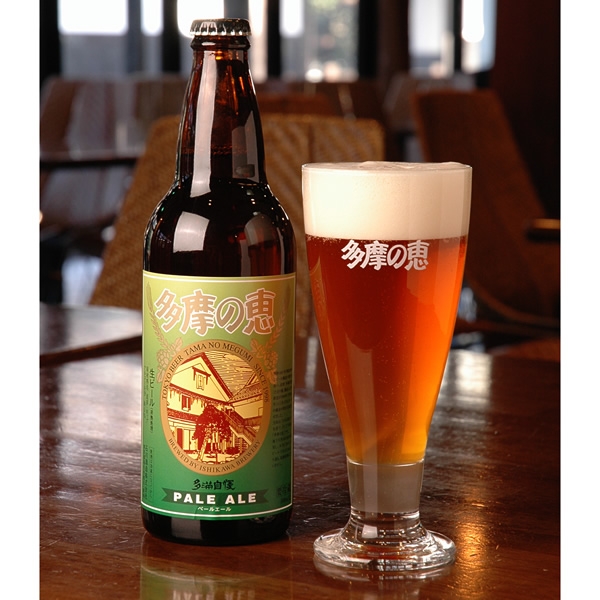
Click on the picture
to enlarge it |
Revival of Local Beer and Establishment of Fussa no Birugoya (Beer House of Fussa)
A local Tokyo Beer, "Tama no Megumi," came into the world during the height of the second local beer boom, which took place about a century after Ishikawa Brewery discontinued its beer business.
We wanted to provide people with a good beer-drinking place where they could get together and chat cheerfully like similar places in Belgium, Germany and England. We also considered it one of our obligations to establish such a place in the city of Fussa, where we had been operating a business for a long time. It is with the same intention that we also open our premises to the public by inviting people to our restaurants and the Historical Museum.
*PhotoFPALE ALE@500ml
|
|
|
Century-Old Beer Caldron
|
|
2006N828ú()
|
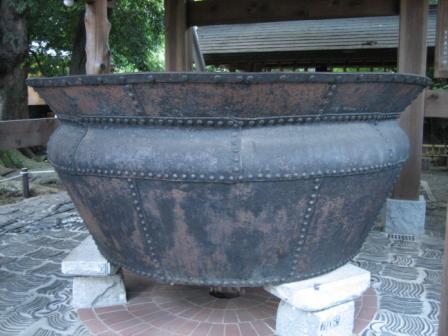
Click on the picture
to enlarge it |
Successive heads of the Ishikawa family have kept diaries of their activities. According to the diary of the 14th head, Chiyozo, they needed 5,050 yen (about 100 million yen in today's money) before starting to make beer.
The beer caldron in the photo at right is the one Ishikawa Brewery actually used in those days. However, after Ishikawa Brewery withdrew from the beer business, the caldron was brought to the home of relatives of the Ishikawa family, where it was treated carelessly and left buried up to its neck. After a long time, it looked like a mere pool in the yard. This benefited the caldron, because it was not confiscated during wartime, when all types of metal including even temple bells were collected to supply the war effort. Thus, the caldron survived the war. Now, it remains as a valuable historical article of Japan's beer brewing history.
Despite its great investment in the beer business, Ishikawa Brewery withdrew from the business after only about one year, and the brewing equipment was sold. This was partly because bottle crown caps had not yet been invented, and the bottles were easily broken and because of other negative factors. In those days, without good refrigeration methods, beer was only made during the winter season. Thus, the production of this German-style lager beer ended very soon, leaving only the results of production amounting to a total of 54,000 liters during this one year.
In that period, it is said there were 100 to 150 beer breweries in Japan. Later, in the wake of the Boxer Rebellion (1900) in China, Japan began leaning towards militarism. In 1901, during the country's policy of increasing wealth and military power, a liquor tax was applied to beer. Small-scale breweries in the Meiji Period were forced to discontinue business one after another. Three years later, Japan entered into a war with Russia.
*PhotoFBeer caldron used in 1887
|
|
|
"Tama no Megumi," since 1998.
|
|
2006N828ú()
|
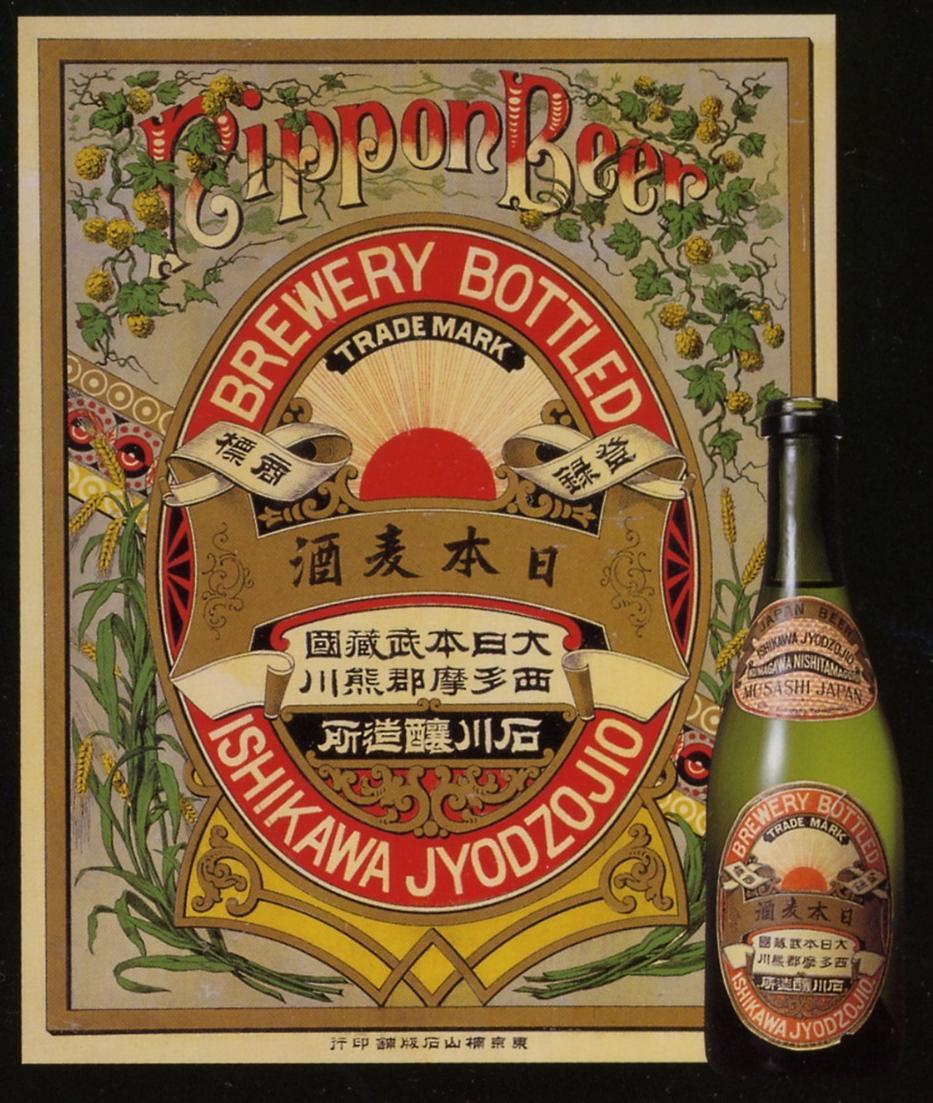
Click on the picture
to enlarge it |
Ishikawa Brewery Co., Ltd., led by president Taro Ishikawa, the eighteenth head of the Ishikawa family, brews and sells "Tamajiman" Japanese sake. Besides Japanese sake, the company has been brewing a local beer, "Tama no Megumi," since 1998.
After the brewing deregulation in 1994, many companies in Japan were able to brew beer, and began brewing and selling beer. The year 1997 saw the establishment of the largest number of new breweries in a single year: over 100 new breweries appeared in Japan that year alone. Ishikawa Brewery entered the beer market the following year. By 1999, the number of microbreweries exceeded 300 against the backdrop of the increased popularity of local beers.
As they say, "History repeats itself," and Japan's local beers began enjoying popularity similar to back in the days of the Meiji Period (1868 - 1912). In those days, Ishikawa Brewery had also started brewing beer. This fact is demonstrated by historical materials, which are currently on display in the Ishikawa Brewery Historical Museum on the second floor of its Zougura building.
After Japan abolished its closed-door policy, beer arrived in Japan. In 1853, it is said that Komin Kawamoto, a doctor of Dutch medicine, test-brewed beer at his residence in Edo (present-day Tokyo) while consulting Dutch documents. This is believed to be the first time beer was brewed in Japan.
In 1870, after seventeen years of this test brewing, a Norwegian-American, William Copeland, established the Spring Valley Brewery in Yamate, Yokohama. This was Japan's first brewery, the predecessor of Kirin Brewery Co., Ltd. Later, in 1876, Sapporo's Kaitakushi Brewery, the forerunner of Sapporo Breweries, Ltd., was founded. At this time, most of the beer consumed in Japan consisted of imported products. It was 1886 that domestic beer first surpassed foreign beer in amounts consumed and, in the following year of 1887, Ishikawa Brewery began making and selling beer under the brand of "Nihon-Bakushu" (or, "JAPAN BEER,").
PhotoFPublic beer poster from the old days
|
|
|
Long-term Aging "Bottle Conditioned"
|
|
2006N22ú(Ø)
|
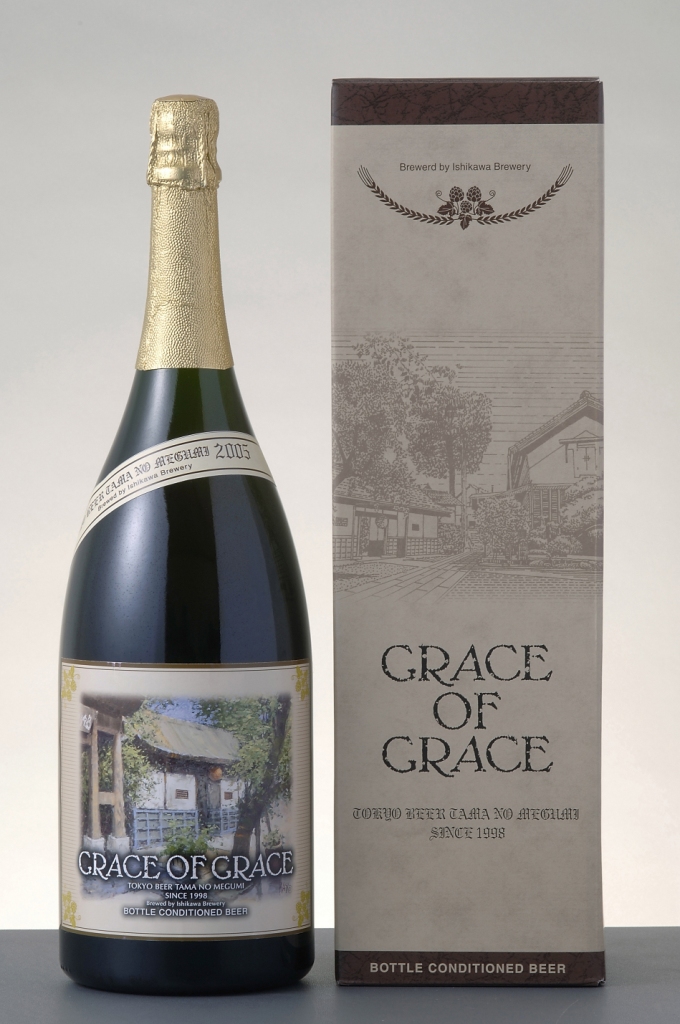
Click on the picture
to enlarge it |
Like Champagne, this beer is secondary fermented in the bottle. The secondary fermentation allows the beer to get mellow over a long term. In several months after the bottling, strongly hopped flavor and briskness can be enjoyed; later, complexity of the aroma will gradually increase; and, three to five years later, the aroma will reach the culmination of its mellowness, and the beer will taste lake a ripened fruit (This is uncommon beer. Please have a try).
Grace of Grace@[Bottle Conditioned beer]
1500-ml bottle Recommended retail price: \5,250 (Tax included)
|
|
|
Pasteurizer Installed
|
|
2006N22ú(Ø)
|
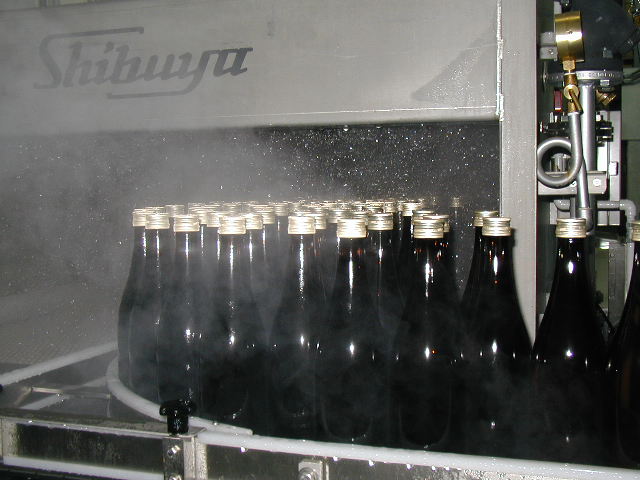
Click on the picture
to enlarge it |
Pasteurizer Installed for the First Time among Breweries in the Kanto Area
In October 2003, the refurbishment work of our bottling line was completed. Our sake brewing facilities including a bottle washer, bottle capper, and pasteurizer have drastically been renewed. Especially, the introduction of a pasteurizer is not very pervasive among Japanese sake breweries yet. The pasteurizer helps us to ensure the pasteurization process after sake bottling. For the good storage of Japanese sake, especially ginjo sake or more excellent quality sake, the equipment is a revolutionary device to preserve the aroma and flavor of products. We, Ishikawa Brewery, continue to offer delicious sake, giving top priority to quality.
|
|
|

